Stop the presses! All these stories saying that the Walt Disney Company is reacquiring Oswald the Rabbit are mistaken. Walt didn’t have a thing to do with Oswald’s rise to fame in the first place–he was at Universal from the get-go. I know it’s true…I read it in a Big Little Book.
Here’s another Oswald Big Little Book–a 1934 one which I’ve owned for awhile but am only now examining carefully. That 1937 Oswald BLB claims that it’s by Walt Lantz; in 1934, however, Walt wasn’t worth mentioning anywhere in the book, which heavily associates Universal tycoon Carl Laemmle with the character. (Interesting evidence of the evolution of Walter Lantz as a Walt Disney-like marketable celebrity, or at least a would-be one.)
Oswald the Lucky Rabbit tells the story of Oswald’s rise to fame. He begins in New York in abject poverty; seeking fame, he drives–with an acquaintance named Daring Dan–to California, where he’s discovered by Carl Laemmle himself. (In this universe, Walt Disney, Charles Mintz, and Walter Lantz don’t even seem to exist.)
Oswald becomes a star; along the way, there’s a lot of violence, a cameo by Paul Whiteman (returning the favor Oswald did by appearing in King of Jazz), some bondage and bestiality, and among the worst art I’ve ever seen of a semi-major comics character. Note the close-up below in which the artist has forgotten to give Oswald a nose.
The whole thing reads and looks as if it were put together by a demented fifth-grade student. (And it leaves you newly appreciative of the quality control imposed by Disney on side projects in the 1930s–Floyd Gottfredson this guy is not.)
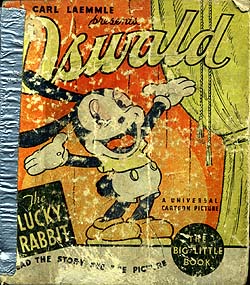
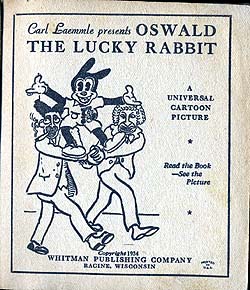
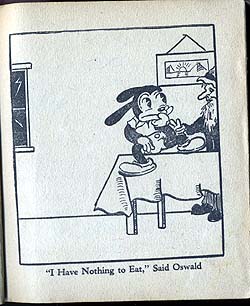
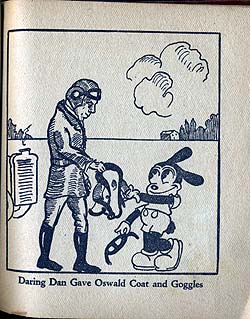
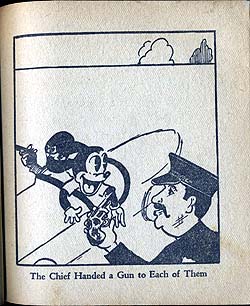
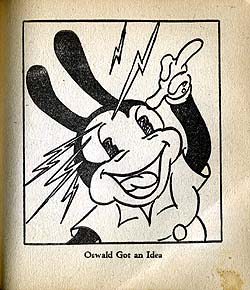
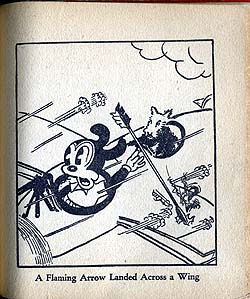
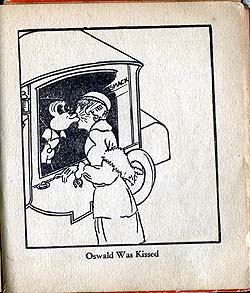

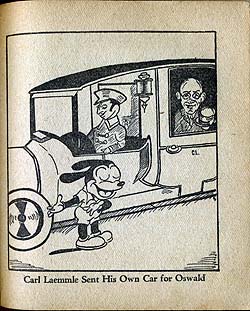
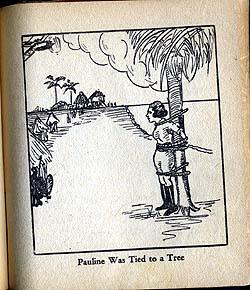
Oswald gets an idea: “I need a NOSE!”
“…I’ll trade in one of these extra thumbs!”
I own a copy of this dubious classic, too. This is really saying something, but… never, and I mean NEVER, have I seen less professional comic art in a product officially authorized by a major cartoon studio.
The art resembles some combination of 1760s chapbooks and contemporary underground eight-pagers. Yoicks.